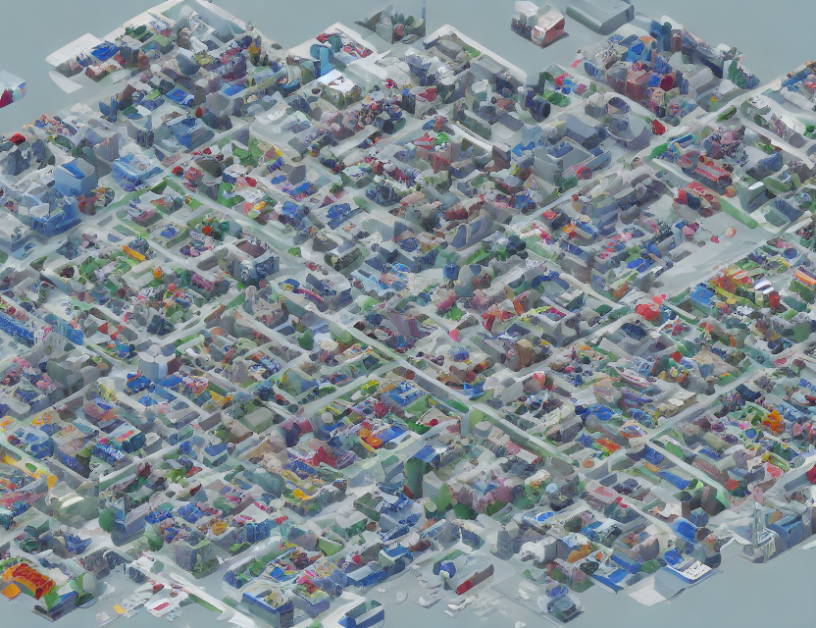Probability graphs are structured forms of knowledge with high information density that can represent semantic information. They comprise entities (real-world objects or abstract concepts) and relations (concrete relationships between entities). These graphs are created by leveraging shared knowledge between parties, which is essential for efficient communication. By representing semantic information in this format, the system can extract relevant information from text data and transmit only the necessary details.
Compression Technique
The proposed compression technique is based on a probability graph shared by both the base station (BS) and the user. The shared probability graph extends the traditional triple to a quadruple by incorporating the dimension of relation probability. This innovative approach allows for the omission of redundant information in the knowledge graph associated with the text, resulting in a reduction in transmitted data.
Rounds of Comparison
The compression process is achieved through several rounds of comparison between the shared probability graph and the knowledge graph derived from the text data. Each round involves the evaluation of the similarity between the two graphs, leading to the identification of the most relevant information for transmission. This process allows for efficient communication while minimizing computational requirements.
Benefits
The proposed approach offers several benefits over traditional compression techniques. Firstly, it reduces communication consumption by omitting redundant information, which is particularly important in scenarios where bandwidth is limited. Secondly, it introduces additional computational requirements to facilitate more accurate representation of semantic information. Finally, the system can automatically restore missing information upon reception, ensuring seamless communication.
Conclusion
In conclusion, this paper presents a novel approach to semantic information compression based on probability graphs. By leveraging shared knowledge between parties and representing semantic information in a structured format, the proposed technique reduces communication consumption while introducing additional computational requirements. The system’s ability to automatically restore missing information upon reception makes it an attractive solution for scenarios where bandwidth is limited or computational resources are scarce. This innovative approach has the potential to revolutionize the field of semantic communication, enabling more efficient and accurate communication between parties.



